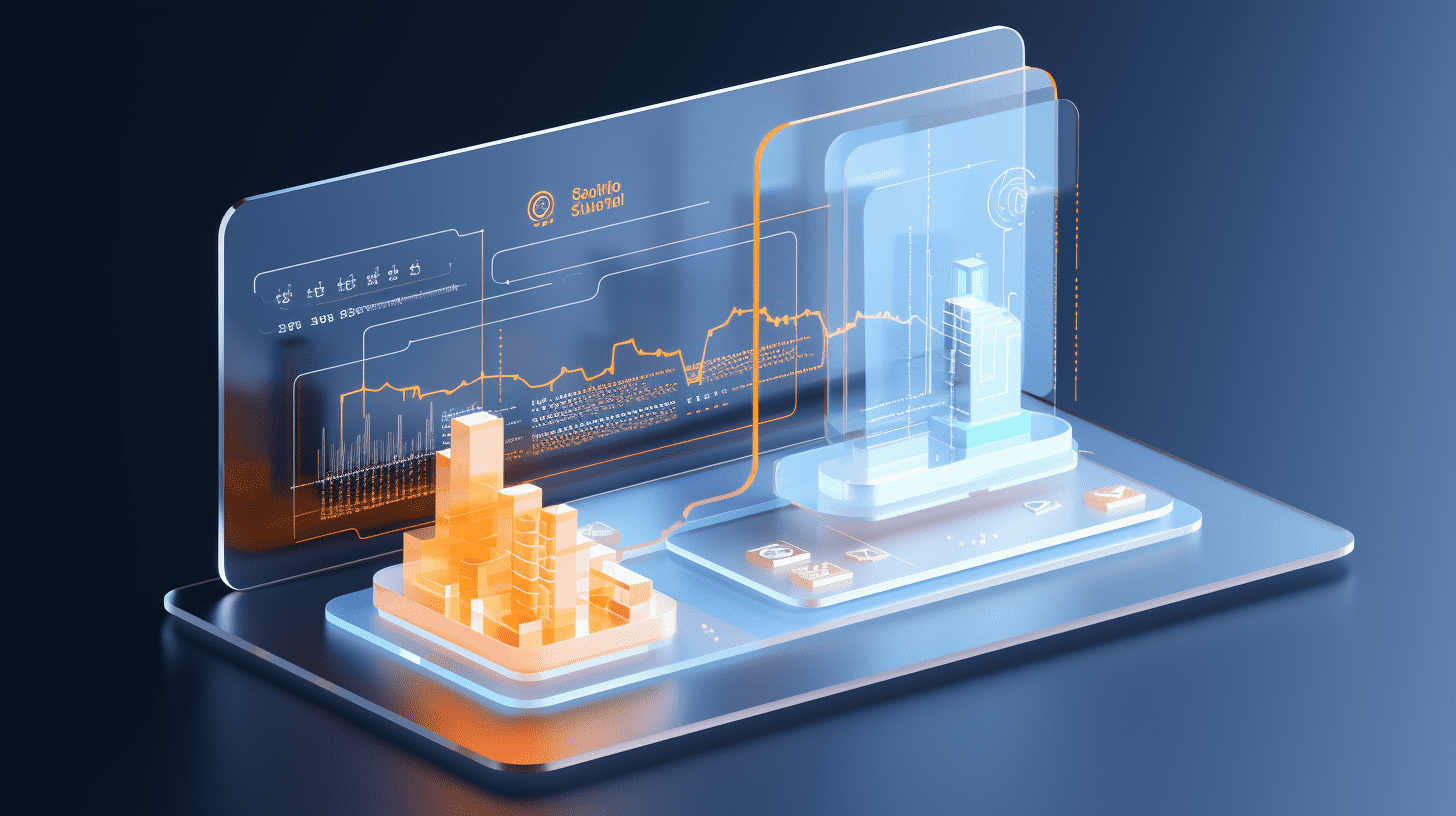The "valuation logic" of Bitcoin miners: "Generating electricity for AI" multiples of "mining Bitcoin"
The market is re-pricing Bitcoin mining companies, no longer relying on mining revenue, but focusing on the value of their AI infrastructure. The fund returns of listed mining companies far exceed those of Bitcoin. Bitcoin mining companies have existing access to the power grid, making them the "fastest way to get electricity and the lowest risk" for AI companies. Mining companies are also gradually breaking free from the constraints of the cryptocurrency cycle by leveraging their ability to "generate electricity immediately."
The valuation logic of Bitcoin mining companies is undergoing a fundamental restructuring. With their existing electricity grid access capabilities, these companies are rapidly transitioning into technology infrastructure suppliers. The ability to immediately power AI data centers as a core advantage is helping Bitcoin mining companies gradually break free from the constraints of the cryptocurrency cycle.
According to media reports on October 19th, funds tracking listed mining companies have soared by over 150% this year, far exceeding Bitcoin's 14% increase. The stock prices of Cipher Mining and IREN Ltd. have surged by approximately 300% and 500%, respectively. Behind this performance is investors' revaluation of these companiesshifting focus away from mining revenue towards their AI infrastructure value.
John Todaro, an analyst at investment bank Needham & Co., stated:
"Investors are valuing Bitcoin mining companies almost entirely based on the HPC/AI opportunity. In our discussions with mining companies, the actual discussion of Bitcoin and Bitcoin mining accounts for less than 10%."
This valuation difference stems from a key fact: U.S. Bitcoin mining companies have approximately 6.3 gigawatts of operational sites and 2.5 gigawatts of capacity under construction, making them the "fastest to access electricity, with the lowest risk" for AI companies. Against the backdrop of a projected 45-gigawatt large-scale power shortage for data centers in the U.S. between 2025 and 2028, the value of these existing power resources is becoming increasingly apparent.
Restructuring of trading logic
In fact, trades are now based on the logic of "powering AI." Earlier this year, Cipher Mining signed a one-month, 10-year, approximately $3 billion hosting agreement with Fluidstack, partly backed by Google, with $1.4 billion in ownership obligations, in exchange for warrants representing 5.4% equity. This is one of the clearest signals to date of the blurring of lines between crypto mining and AI.
IREN completed a $1 billion convertible bond offering on Wednesday, and TeraWulf announced plans to issue $3.2 billion in preferred shares for the Lake Mariner data center project in New York previously. Bitdeer Technologies, headquartered in Singapore, detailed plans on Wednesday to convert its major mining facilities into AI data centers, including its 570 megawatt facility in Kralington, Ohio. The company stated that in the best-case scenario, the comprehensive transformation could generate over $2 billion in annual revenue by the end of 2026.
Todaro from Needham pointed out:
"The revenue per megawatt and EBITDA profit margin for HPC and AI hosting are significantly higher than mining, and the capital market is rewarding a focus on AI data centers at multiples far greater than traditional mining companies."
Immediate power supply: Core competitive advantage of mining companies
The biggest advantage of Bitcoin mining farms over newly built data centers is time. According to a report by Morgan Stanley, these mining farms have approved grid connections and the capacity for large-scale power supply, bypassing the "heavy interconnection" process that newly built data centers typically need to undergo for several years.
Data shows that U.S. Bitcoin mining companies have 8.6 gigawatts of development projects with grid access permits in addition to their existing 6.3 gigawatts of operational capacity and 2.5 gigawatts of capacity under construction. The construction period for transforming these sites into AI data centers is approximately 18 to 24 months, perfectly aligning with the time it takes for Bitcoin sites to develop and perfect their power infrastructure.
In the context of a sudden power shortage, the ability to provide "immediate power" is crucial. According to a model by Morgan Stanley, even with all innovative measures considered, such as natural gas turbines, fuel cells, and nuclear energy utilization, U.S. data center developers are still expected to face a power shortage of approximately 5 to 15 gigawatts by 2028. A survey report by Schneider Electric confirms that "accessing power" has become an urgent reason for delays in data center projects.
Accelerated transformation of mining industry economics
The urgency of Bitcoin mining companies' transformation stems from the continuous deterioration of Bitcoin mining economics. The halving of Bitcoin rewards last year reduced mining rewards from 6.25 to 3.125 bitcoins. Since then, network growth and transaction volumes have been sufficient to squeeze profit margins. According to the Hash Price Index, the income index of Bitcoin miners is approaching historical lows. Even with Bitcoin recently reaching all-time highs, it has hardly improved the unit earnings of mining companies.
Zhao from The Miner Mag pointed out that Riot Platforms, IREN, and Bitfarms have indicated that they will not expand their operations in the near future. Jeff LaBerge, Market Capital and Strategic Vice President at Bitdeer, stated:
"For Bitdeer, AI/HPC is a complementary alternative to mining."
Against the backdrop of the continued surge in AI power demand and the ability of mining companies to immediately provide power supply, the market is rediscovering the true value of these companies as technology infrastructure startups.
Source: Wall Street View, Author: Li Jia, GMTEight Editor: Chen Qiuda
Related Articles

How much wealth did AI create for American families in the past year? JP Morgan: $50 trillion!

President of the PE giant Blackstone: Wall Street Underestimates the Disruptive Power of AI, Now, When Investing in Projects, the First Thing to Evaluate is the "Disruption Risk".

Various "exemptions"! Ahead of the November hearing in the US Supreme Court, the Trump administration is "adjusting" its tariff strategy.
How much wealth did AI create for American families in the past year? JP Morgan: $50 trillion!

President of the PE giant Blackstone: Wall Street Underestimates the Disruptive Power of AI, Now, When Investing in Projects, the First Thing to Evaluate is the "Disruption Risk".

Various "exemptions"! Ahead of the November hearing in the US Supreme Court, the Trump administration is "adjusting" its tariff strategy.

RECOMMEND





